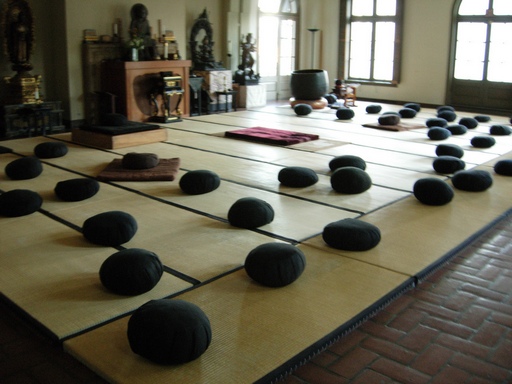Tassajara Zen Monastery: Pondering Zen Community
The return of the light. These days, as we leave the Zendo (meditation hall) after the dinner ceremony ends, we walk into daylight. It's sometimes even warm, too – like, warm enough to wear just a long underwear shirt, or even just a t shirt, under the thick layers of our ceremonial meditation robes. The afternoons are mostly hot, dry, and bright. Mornings, a few blooming trees shower the air and ground with a swirl of pink and white pedals. Birds are singing, bugs are orbiting and swarming, green things are sprouting. There is even sometimes a hint of a warm breeze at four in the morning, as we hustle through the lamp-lit blackness to the first period morning meditation. I am enjoying it all.
















